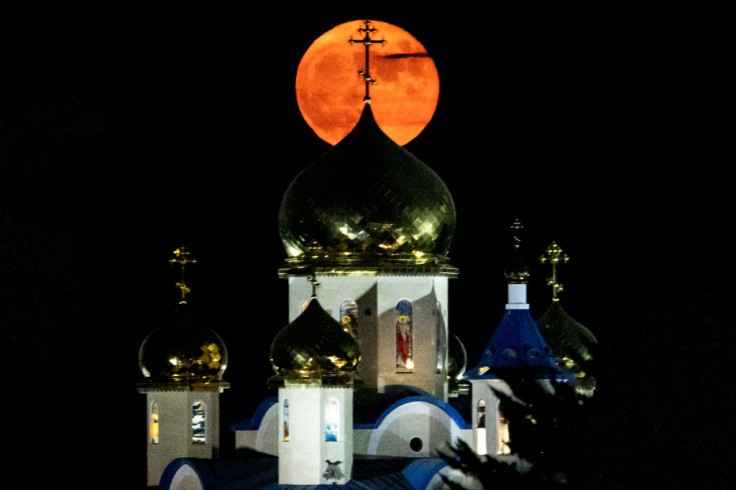If you are wondering when the next supermoon will be visible in the night sky, you do not have to wait too long for it. This is because the next supermoon is set to appear on July 13.
Here is what you have to know about the July supermoon:
Supermoon Buck Moon Set to Appear on July 13
There will be a supermoon month for the month of July and it is known as the Buck Moon or the Thunder Moon. According to a report by Space, it will occur exactly at 6:37 p.m. GMT or 2:37 pm EST on July 13.
So why is the upcoming Buck Moon considered a supermoon?
The moon will also reach perigee, the closest point in its orbit to Earth, at 5:06 a.m. that day, creating a 'supermoon' - a full moon that appears slightly larger than normal," says Space.
The report also notes that those in New Yok, in particular, "will see the almost-full moon set at about 4:55 a.m. local time on July 13." Those who will not be able to catch this can see the Buck Moon rise that same evening at 9 p.m. instead.
Why is It Called the Buck Moon?

According to the Almanac, July's full moon is called the Buck Moon because the antlers of bucks are in full growth at this time as these animals have the capability to grow and shed their antlers each year. A buck is a male deer.
There are also other alternative names for the July full moon. The Western Abenaki call it the Thunder Moon, while the Cherokee call it Month of the Ripe Corn Moon.
The Anishinaabe also refer to the July full moon as the Berry Moon and the Halfway Summer Moon.
Related Article : The Supermoon Effect: Phenomenon Drives People And Animals Wild Or Loony
Things to Keep in Mind When Viewing Using a Telescope or Binoculars
The fact that the upcoming Buck Moon will be a supermoon means that the moon will appear larger than usual for everyone to see. However, those who want to view it more up close may opt to use either a telescope or binoculars.
"When observing the full moon through binoculars or a telescope be prepared for a lot of glare - the moon is so bright that through larger telescopes one might even need filters to give the surface features some contras," Space says in its report.
The report that this does not pose any risk to anyone's eyes, but it notes that those who are hoping to see the moon in greater detail may struggle to do so when using a telescope or binoculars. This is because, due to the moon being so bright, there are only a few visible shadows.
Those who are hoping to have a better chance at seeing the surface features of the moon should opt to make their observations either a few days before or a few days after the full moon.









